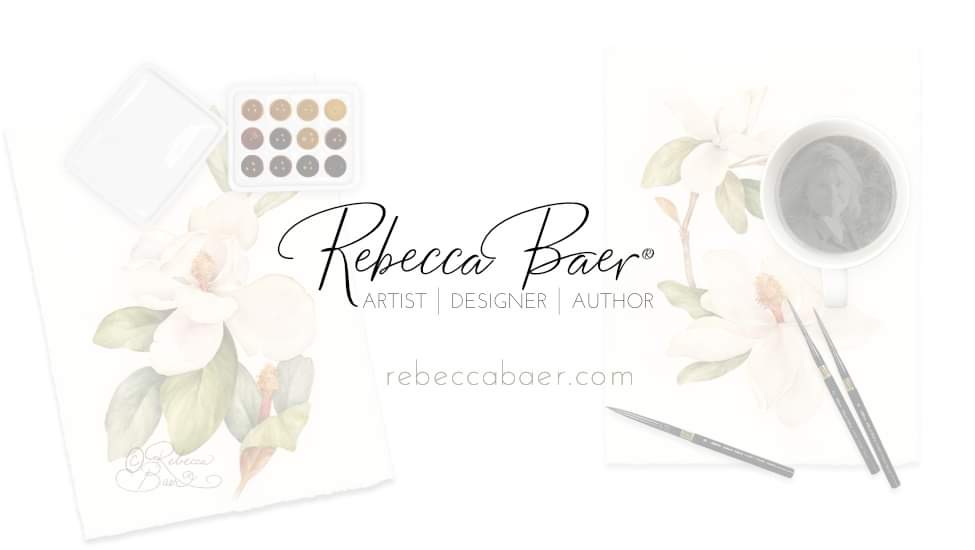For starters, oil and water don't mix so if you use your brushes interchangeably between oils and waterbased mediums you create a compatibility problem. Residue in the brushes can cause bonding issues or areas of resist. Oil residue can irreparably stain a paper or acrylic coated surface. In some cases the desired hair content or brush shape may differ. For example, Oil painters and watercolorists often prefer a natural-hair brush while acrylic artists sometimes like a brush with synthetic bristles.
 "Okay, sounds reasonable but doesn't that mean that I can use my acrylic brushes with watercolors?", you might ask. After all, these are both waterbased so, no compatibility issues there. The answer is a resounding yes...and no. Compatibility isn't the problem, binders (or the lack of) are. Acrylic paints have a binder which, upon drying, makes the paint permanent. Watercolors do not have a binder so when more moisture is introduced to dry paint the colors come back to life. (Let's pretend the following example is not drawn from personal experience) In a pinch you might grab a brush you usually use for acrylics but think it won't hurt to use it for watercolors, just this once. You just need a quick wash of Ultramarine Blue and it will rinse right out. But alas, the next time you go to pick up a nice bright white or light hue for your acrylic project you discover that the color has taken on a brilliant blue tint! The presence of moisture in the brush has caused the residual watercolor to reactivate and change your acrylic hue accordingly. Continued below...
"Okay, sounds reasonable but doesn't that mean that I can use my acrylic brushes with watercolors?", you might ask. After all, these are both waterbased so, no compatibility issues there. The answer is a resounding yes...and no. Compatibility isn't the problem, binders (or the lack of) are. Acrylic paints have a binder which, upon drying, makes the paint permanent. Watercolors do not have a binder so when more moisture is introduced to dry paint the colors come back to life. (Let's pretend the following example is not drawn from personal experience) In a pinch you might grab a brush you usually use for acrylics but think it won't hurt to use it for watercolors, just this once. You just need a quick wash of Ultramarine Blue and it will rinse right out. But alas, the next time you go to pick up a nice bright white or light hue for your acrylic project you discover that the color has taken on a brilliant blue tint! The presence of moisture in the brush has caused the residual watercolor to reactivate and change your acrylic hue accordingly. Continued below...Now that you know there there is indeed sound reasoning behind the admonition to isolate your brushes don't be concerned that you need to duplicate every brush you own or plan to purchase. I use the same brush series (these are a blend of natural and synthetic hair) as these series themselves perform well across all mediums but I have duplicates of certain ones that are reserved for each of the specific mediums. I prefer certain brush shapes depending on the medium and don't need a duplicate for each and every style so I add only as needed. For example, since I have painted primarily in acrylics for years I have most everything I need for this medium with a few duplicates, some by choice, others by chance.
Since you aren't likely to be using each group of brushes simultaneously it is most convenient to keep brushes for each medium in designated carriers. If you don't have separate carriers for the brushes then segregate them within the same container and mark the handles with colored masking tape for quick identification.
The brushes that meet my needs are few and can be found here on rebeccabaer.com. You can save money by ordering the sets.






